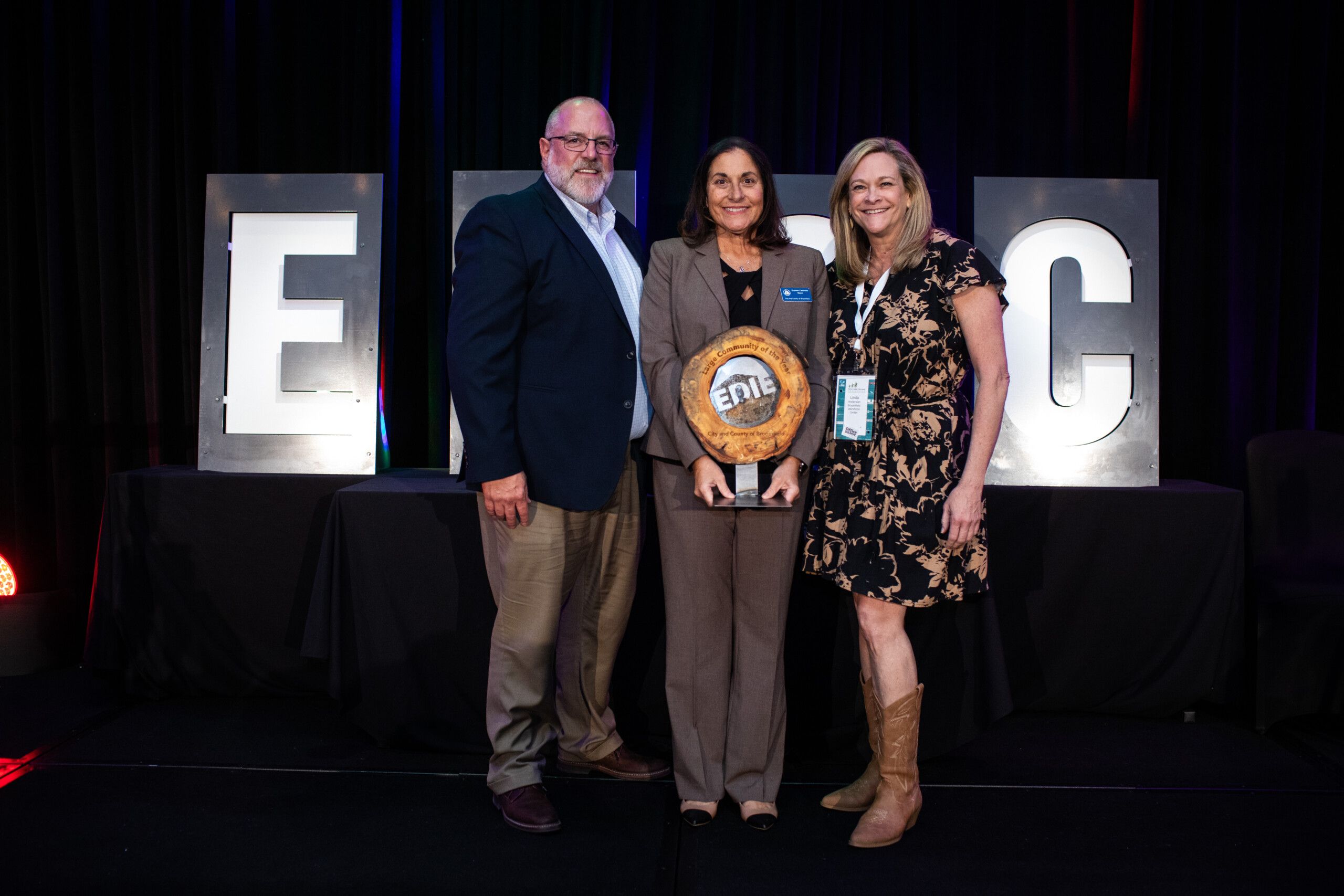Confluence: NISP designed to help meet population growth
Northern Colorado, which may see population growth of 300% by 2050, will need additional water storage in addition to conservation, aquifer recharging and other strategies, according to those charged with providing water to the growing population.
Chris Matkins, general manager of the Fort Collins-Loveland Water District, which is a party to the development of the Northern Integrated Supply Project, or NISP, told participants at Thursday’s Confluence water conference that his water district is working on multiple strategies to meet future needs. NISP is just one of them.
Matkins was joined by Reagan Waskom, director of the Colorado Water Center, and Michael Welsh, professor of history at the University of Northern Colorado and co-author of “Confluence: The Story of Greeley Water,” on the opening panel of the water conference. Panel member Jeff Stahla, public information officer for the Northern Colorado Water Conservancy District, cancelled his appearance because the overnight expansion of the East Troublesome Fire near Grand Lake was potentially affecting Northern Water facilities near Grand Lake and Lake Granby.
The water conference is a BizWest event.
In response to a question from Waskom that posited the environmental community’s position that additional reservoirs are not needed, Matkins demurred.
“It would be very challenging to look into the future and say we’re going to grow by 300% but not change how we plan for water. The easy solutions are gone. We’ve reached the limits of our current supply. We want to preserve agriculture, too,” he said.
Matkins had earlier outlined how the Fort Collins-Loveland Water District plans for future water, including using a strategy of having new developments pay their way.
Pricing, he said, is “the most important conservation message we can send.” Up-front development fees should reflect the cost that new development imposes on the system, he said. People already on the water system don’t want to pay as new developments are brought on line.
Planning for the future has to take into account potential population growth and the effects of drought. Matkins displayed study results showing that with current supplies, the district can weather a couple of years of drought, but “the one/two knockout punch is the extended drought. By years three and four … we run out of water,” he said.
Welsh, the UNC historian, said reservoirs are a part of a larger matrix of service. “Every earlier generation has hit a moment of change. We’re there again.”
The Union Colony generation from 1870-1900 had to figure out how to bring water to crops using a network of ditches and what would now be seen as primitive pipelines. They learned quickly, he said, that a legal system was needed to govern ownership and use.
The next generation of water users hired Charles Allen, who was Denver’s water engineer, and Allen recommended that the region look to the mountains for supply. The Colorado Big Thompson Project would ultimately result from that advice.
Great Western Sugar Co.’s establishment in 1901 and, later, the Monfort Co. in 1958, established the need for more water to support industry and urban uses, in addition to agriculture.
“The questions today are the same as what Union Colony faced: How to provide water” for growing populations, Welsh said.
NISP, which includes two new reservoirs, one north of Fort Collins and another in north Weld County, would add 215,600 acre feet of storage to the region.
The project, which will cost an estimated $1.1 billion, has been working its way through approval processes. Larimer County recently signed off on the project’s 1041 permit. A decision on the federal Army Corps of Engineers permit is expected in the coming months.
© 2020 BizWest Media LLC
Northern Colorado, which may see population growth of 300% by 2050, will need additional water storage in addition to conservation, aquifer recharging and other strategies, according to those charged with providing water to the growing population.
Chris Matkins, general manager of the Fort Collins-Loveland Water District, which is a party to the development of the Northern Integrated Supply Project, or NISP, told participants at Thursday’s Confluence water conference that his water district is working on multiple strategies to meet future needs. NISP is just one of them.
Matkins was joined by Reagan Waskom, director of the Colorado Water…





